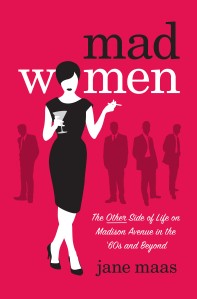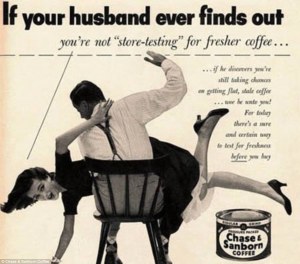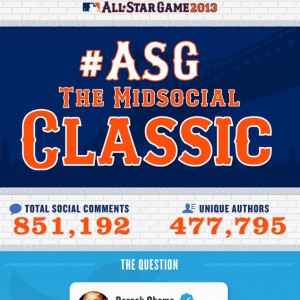The season of travel is revving up, and the hotel booking websites are fighting it out for our dollars. Our challengers are: Booking.com, Trivago, and Hotels.com. As I’ve caught most of these ads on my TV lately I decided to compare them to see which one I like best.
BOOKING.COM
When I land on Booking.com I’m greeted (or yelled at) by a schmörgesborg of things to click on. No organization, well some actually. But let’s think about this, if I’m not savvy with surfing the World Wide Web would I really know what to click on? There is a box in the left corner of the screen that allows me to enter my details, which is good, well… it’s the status quo for any site like this. But the rest of the home page is boring and seemingly unorganized. There is also nothing about the website that excites me to book with them, or even travel in general. In fact there is not even one high quality scenic picture to salivate my travelling appetite. Although when you get into the thick of their website it does have a lot of information.
Now onto the ads, Booking.com is going for a younger market or at least young at heart. The first ad clearly uses “Booking” as a substitute for everyone’s (or most people’s) favourite F-word. The first time I hear it, I laugh, the next time a little… and then on the 6th time it’s over done. Way over done. The rest of the ad is great too. I love the insight that you picked right. That dilemma we all face “will this hotel live up to my expectations” is what every traveller faces, and it’s why we love hotel chains so much: we know what to expect. The copy is great, but I feel that the epic-ness that comes from the announcer gets tiresome. It’s too much. I’m trying to book a hotel, I’m not about to make a big speech to my rag-tag team as we’re about to try and save the world from aliens. Deep down the ad conveys a great insight that would make me want to book with them, but it’s lost with all the theatrics.
TRIVAGO
Trivago‘s website is simple. Like Google simple. It’s just a search bar. Nothing complex. I like that. But I also would like some travel-porn. Some shots of beautiful scenery, or a sandy beach. Get me excited Trivago. Sadly that’s their downfall. They’re boring. Which is kinda good. I would trust them more. But they seem too boring, so even though I may trust them more, I may not remember them because my mind will be distracted when their ad comes on. Their one key selling-point is never creatively addressed in their advertising. They promote how you can pick from several different sites. So whoever offers you the best price wins. So why not exploit that? It pains me to see a great insight that is communicated in an uninspired way. I feel like it’s a training video, and those are never exciting.
HOTELS.COM
Mascots annoy me. Why does every company feel they need a mascot? However, Captain Obvious is not bad. I can see a lot of ads coming out of this, but Hotels.com has to be careful to not make me hate him. Use him sparingly and not in ways that will make me not want to visit your site. Speaking of their website, I like it (Pay attention Trivago and especially you Booking.com). I’m greeted by the Captain, and some travel-porn. Wow! 3 websites and only 1 actually puts up a picture of where I want to go. I realize stock photo sites aren’t cheap, but come on. The site is simple and has only the necessary details. This one has found a nice balance.
Their ads are great. They’re not boring, and they don’t repeat the same punchline over and over until it’s not funny anymore. Their jokes are great, and fit within the narrative. They’re set up with out me seeing them coming. Everything that was on the brief is addressed in a clever way. And in the end I walk away liking what I experienced.






